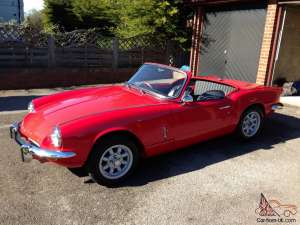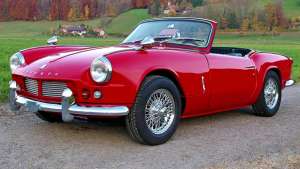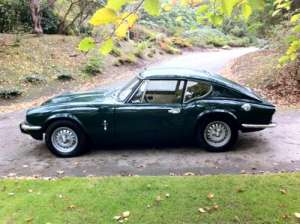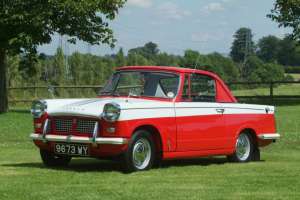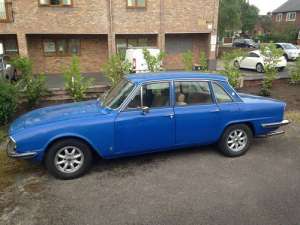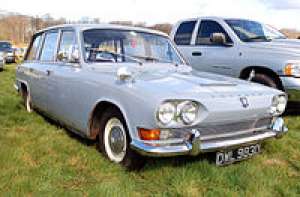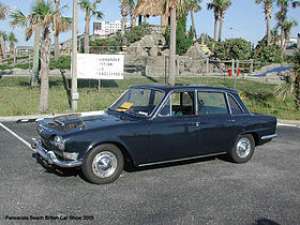Adrian Diehm
Spitfire Mk3
Spitfire Mk2
GT6 Mk3
The final version of the GT6 was produced between 1970 and 1973 with 13,042 units built. It had a mid-life upgrade with a conversion to using the Spitfire MkIV suspension being introduced. In the U.S. the familiar problem of less power again hurt performance. The compression ratio was reduced from 9.5:1 of the Mk 1, to 9.25:1 in the Mk 2 and 8:1 in the Mk 3 with a result that only 90BHP was produced in early models (1971) and an even lower result of 79BHP (1972-73). Home market cars continued to enjoy 104BHP.
Herald 1200
The Herald 1200 was the first major upgrade of the Herald range, giving it a capacity increase from 948cc to 1147cc, and the option of disc brakes on the front.
Mk2 Sedan - 2500 TC
This model was released in Australia in 1972 to counter the poor reputation of the PI model. Bascially, a down-spec MK2 PI, it had slightly different trim design, no tacho and a 2-spoke steering wheel. The engine used a GT6 spec camshaft and a pair of 1.5" SU or Stromberg carburettors, depening on the year. The last 2500 TC was sold in Australia in 1978, and it varied very little from the 1972 version.
Mk2 Sedan - 2000
This model was released in Australia in 1970 , along with the Mk2 PI, as the replacement for the Mk1 model. The 2000 models shared an identical body with the PI model , but featured chrome bezels on the instruments, and a 3-person rear seat. Most of them were manuals. The engine used a GT6 spec camshaft and a pair of 1.5" SU or Stromberg carburettors, depending on the year.
Mk1 Sedan - PI
This rare model was released in Australia in mid 1968, as the up-market version of the highly sucessful 2000 model. The PI models shared an identical Australian-made body with the 2000 model of the same year , but featured the 2500 engine like in the TR5 (but with softer camshaft), rostyle wheel trims, radial tyres, larger exhaust pipes, stiffer springs and shockies, 140mph speedo , deeply sculpured seats. Discreet "injection" badges were added to the chrome boonet mould and on the rear panel, whilst the C pillars got small round "PI" (petrol injection) badges.
Unfortunately, overdrive was not offered as an option here, and many of them used the BW35 auto transmission as they were sold as "up-market" or luxury cars.
Mk1 Sedan - 2000
Mk2 Sedan - PI
The up-market variant of the Triumph 2000 series made its debut in 1970. Features that separated it from the Mk2 2000, included black-bezelled instuments which included a tacho, 3-spoke steering wheel, heavily sculpured rear seat made for 2 persons, black vinyl trim on the C pillars and boot panel between the lights, black grille.
The entire mechanicals were carried over from the Mk1 PI, with negligible changes.
